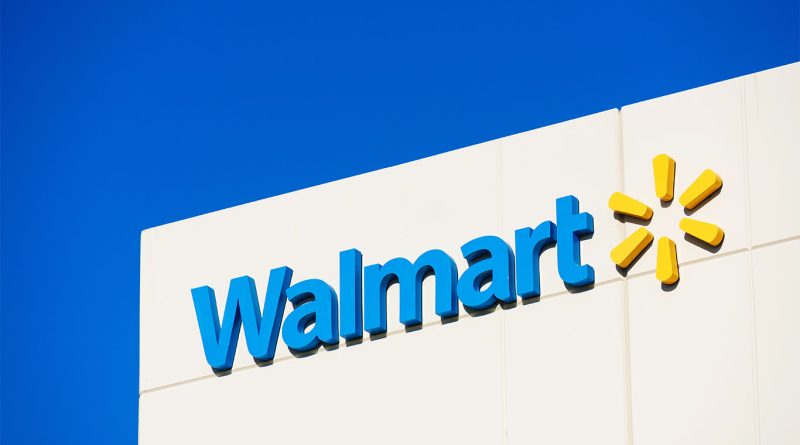Walmart is exploring dark stores to accelerate online deliveries and operations
Subscribe to our free newsletter today to keep up to date with the latest retail news.
Walmart’s adoption of dark stores marks a significant step in its transformation from big-box retailer to logistics powerhouse. Faced with evolving consumer expectations, the retailer has repurposed select store locations into dedicated fulfillment hubs. These dark stores, closed to foot traffic, operate solely to process online orders with the aim of accelerating last-mile delivery while easing the strain on conventional stores.
As demand for faster delivery continues to grow, Walmart’s strategic embrace of dark stores aligns with broader trends reshaping the retail sector. The move demonstrates how legacy retailers can adapt their physical footprint to meet digital-first shopping habits without sacrificing operational efficiency.
The concept of dark stores
Dark stores are retail spaces redesigned to function exclusively as fulfillment centers. Unlike traditional stores, they hold inventory solely for online orders and curbside pickup, eliminating the need for in-store customer traffic. By separating digital fulfillment from day-to-day retail operations, companies like Walmart can streamline picking, packing and dispatching processes.
This approach is not entirely new but has gained momentum as e-commerce penetration deepens across the US market. Retailers have found that dark stores can reduce order turnaround times and free up shelf space in conventional outlets. For Walmart, which serves millions of online shoppers, the potential to relieve its high-traffic stores while accelerating delivery windows is particularly compelling.
Implementation and operations
Walmart’s current dark store pilots are based in Dallas, Texas, and Bentonville, Arkansas. These sites were converted from existing stores into high-efficiency hubs designed to handle large volumes of orders daily. Equipped with AI-enabled inventory systems, robotic picking arms and automated sortation lines, these facilities reflect the retailer’s investment in next-generation logistics.
At the heart of these operations is a commitment to cut delivery times dramatically. Recent reports indicate that Walmart can now reach 95% of the US population within three hours. Compared to the previous year, the company logged a 91% increase in deliveries completed in less than three hours in the first quarter of 2025. This speed is vital in a market where consumers increasingly expect same-day fulfillment.
Furthermore, the dark store model allows Walmart to reassign in-store staff to roles that support online fulfillment, creating operational flexibility. By optimizing space and labor, the company positions itself to manage surges in online grocery demand and seasonal spikes without overwhelming its retail locations.
Impact on e-commerce and delivery
These logistical gains have contributed to Walmart’s milestone achievement: its US e-commerce operations turned a profit for the first time this year. Streamlining fulfillment through dedicated centers reduces last-mile inefficiencies that once burdened margins.
Beyond internal gains, Walmart’s strategy sets new benchmarks for retail delivery standards. Faster order processing times and higher on-time delivery rates improve customer satisfaction, encouraging repeat purchases and building brand loyalty in an intensely competitive e-commerce market.
By investing in robotics and real-time tracking, Walmart also increases inventory accuracy, minimizes shrinkage and reduces the risk of stockouts. These improvements strengthen its supply chain resilience, a priority given the disruptions the retail sector has experienced over the past few years.
Strategic implications for the retail industry
Walmart’s pivot to dark stores illustrates a broader trend toward hybrid retail models that blend digital commerce with physical infrastructure. Competitors are watching closely as the world’s largest retailer demonstrates how existing store networks can be leveraged to meet the demands of modern consumers.
The success of these pilots could spur expansion into more urban and suburban areas, especially in regions with high online order density. Retail experts suggest that if scaled nationally, Walmart’s dark store network could redefine last-mile fulfillment norms and push rivals to adopt similar solutions to keep pace.
Sources:
